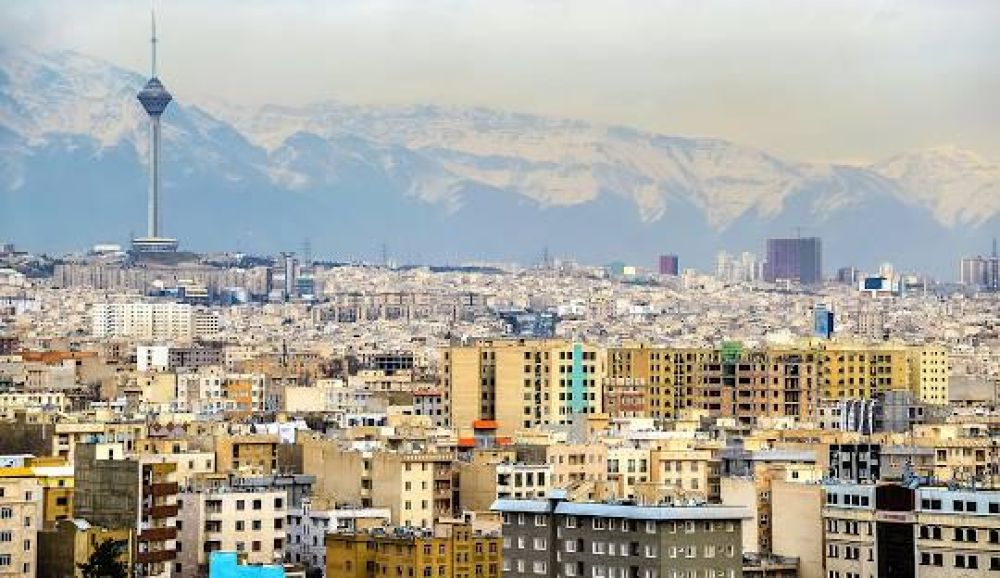

Tehran, the vibrant capital of Iran, has a rich history of welcoming visitors, with its roots in tourism stretching back to the Qajar dynasty. Serving as the political, economic, and cultural hub of Iran, Tehran is known for its captivating blend of modernity and tradition. Below is a detailed overview of the evolution of tourism in this bustling metropolis.
The inception of tourism in Tehran can be traced back to the 19th century when the city experienced rapid development under the Qajar kings. They introduced various architectural marvels, which became attractive sites for domestic and modest international visitation. Royal palaces, lush gardens, and grand bazaars enticed travelers looking for a glimpse of Persian life and heritage.
With the reign of the Pahlavi dynasty in the 20th century, Tehran saw a transformation into a burgeoning urban center, which further increased its appeal. The introduction of modern infrastructure, hotels, and transportation networks paved the way for a burgeoning international tourism sector. This was the era when tourism in Tehran began to professionalize, and the number of visitors to Iran started to increase significantly. The Tehran International Fair, established in 1960, also played a crucial role in promoting tourism and trade.
The Islamic Revolution of 1979 marked a turning point for tourism in Tehran. Political upheaval led to a sharp decline in international visitors. Nonetheless, religious and cultural tourism persisted, with various landmarks such as the Golestan Palace, the Grand Bazaar, and the National Museum of Iran remaining popular among tourists.
In the decades following the revolution, Tehran began to slowly re-emerge as a tourist destination. Efforts to promote the country's rich historical legacy, diverse culture, and natural landscapes led to a gradual increase in both domestic and international tourism.
Cultural Tourism: Interest in Tehran's rich history and culture has witnessed a revival in recent years, with tourists flocking to visit its museums, palaces, and historic sites.
Adventure Tourism: The mountainous terrains that surround Tehran, particularly the Alborz Mountains, have become popular for trekking, skiing, and mountaineering, attracting a new wave of adventure-seekers.
Medical Tourism: Iran has also emerged as a significant destination for medical tourism because of the high standard of medical services available at relatively lower costs. Tehran, with its advanced medical facilities, hosts many visitors seeking treatments and procedures.
Visa Relaxation: Iran has implemented visa waivers and visa on arrival facilities for several countries, making it easier for tourists to visit Tehran. This has contributed to an uptick in tourism numbers in recent years.
Despite the positive trends, Tehran's tourism industry continues to face challenges, including political tensions and economic sanctions. However, the city remains determined to overcome these obstacles and further develop its tourism sector.
With ongoing investments in infrastructure and a strategic focus on sustainable tourism, Tehran aims to continue showcasing its unique landscape, fascinating historical sites, and warm hospitality to the world. As international relations evolve, Tehran's tourism sector looks forward to welcoming an increasing number of visitors from around the globe, helping to foster a better understanding of Iran's culture and heritage.